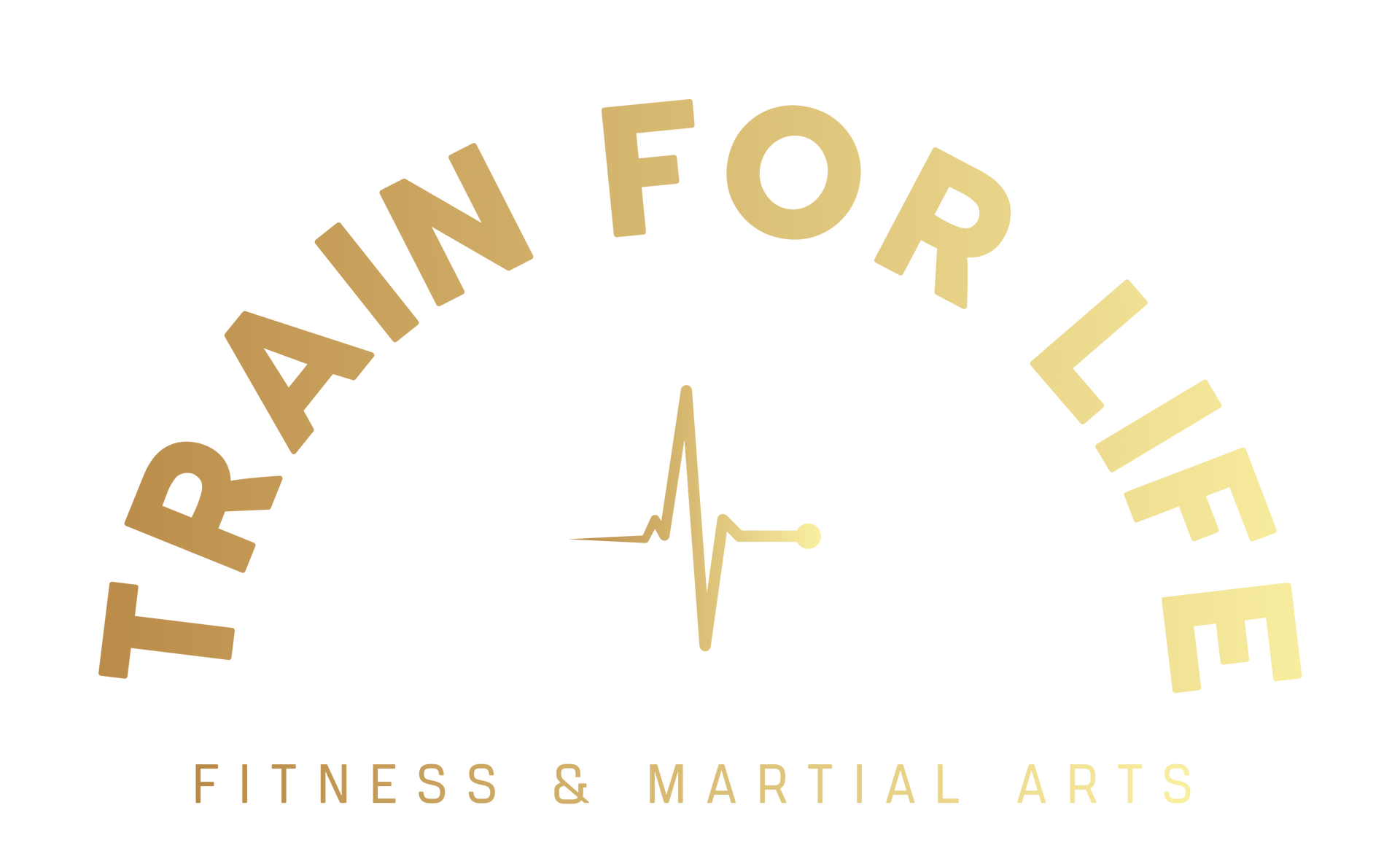Everything we do around health and nutrition is based on some very simple principles.

The first is that you are a product of your eating and exercising history. How you grew up, what sports or activities you did, what kind of foods you ate and how you related to food, all have a massive impact on how you will naturally relate to health and nutrition now.
For example; if you grew up in a low income family, food was probably based more around value for money than high quality. You might have chosen Dominoes or KFC as a Friday treat meal, instead of going to a restaurant. Meals might have been more based around cheap filling carbs such as bread, pasta or potatoes, rather than more nutrient dense, and expensive, salads. All this means you would likely equate quantity with quality, and therefore be likely to enjoy larger meals less frequently, rather than lots of small meals across the day. You might also do much better on high carb, rather than high fat diets like keto.
Another example that is often overlooked is simply what food was available to you based on where you were located in the world. If you grew up close to the coast in a warm climate, you would have had plenty of access to fish and might have eaten a lot of rice, conversely if you grew up in an inland farming region you would have eaten lots of red meat and grains.
All of this is important to know so you can set yourself up for long term success. Eat a diet completely different to what you grew up with and you will find it much more difficult to stick to long term.
However I am not advocating for trying to get healthy while eating KFC, you will simply need to find substitutes for the unhealthy foods, just stay within the same kind of foods.
I’ll talk more about the other factors that go into a nutrition strategy in my next couple of posts.






